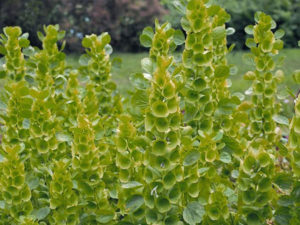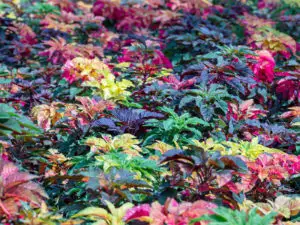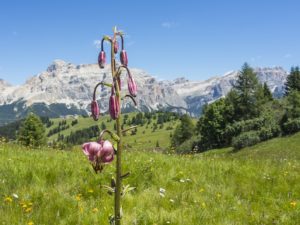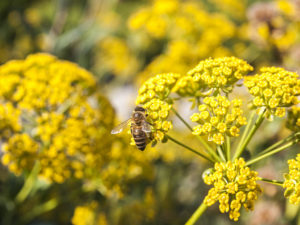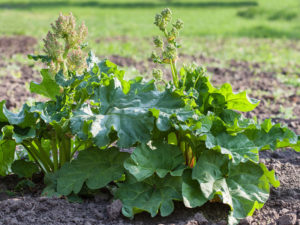The Angelica Gigas, also known as Korean angelica, is a popular plant found in Eastern Asia.
As the common name suggests, it is a popular indoor and outdoor plant used in Korea for its numerous benefits, including consumption and medicines.
It may not appear conventionally beautiful, yet it is hard to miss this plant as it draws attention because of its imposing nature.
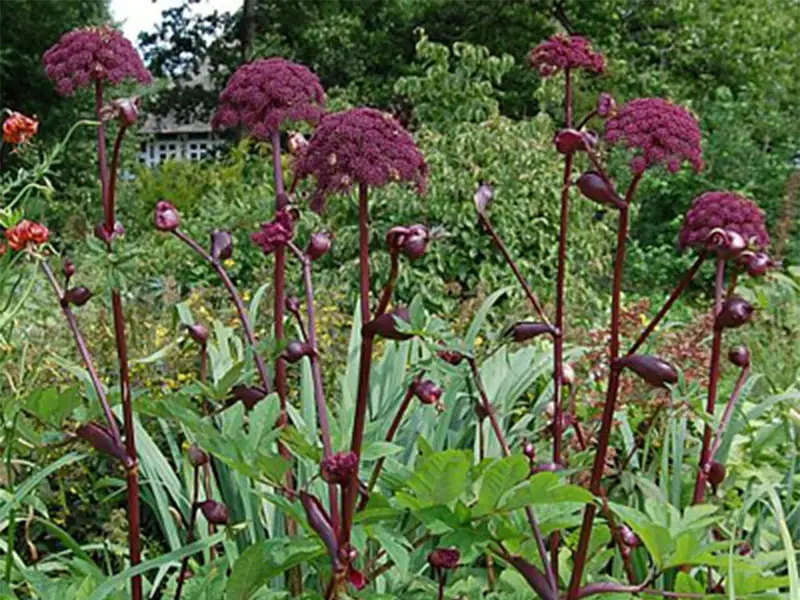
This plant is a member of the Apiaceae family and is famously cultivated for its edible stems and roots.
While its exact origin is unknown, it is native to the Middle East, maybe Syria, northern European countries, Norway, Russia, and Lithuania.
The star-attraction are the clusters of individual purple flowers that are quite small yet striking.
The Angelica Gigas add to other plants’ aesthetic value in the garden by providing a nice contrast.
| Scientific Name | Angelica Gigas |
| Common Names | Korean angelica |
| Hardiness | Zone 6 |
| Indoor or Outdoor Plant? | Outdoor |
| Sun Exposure | full or partial shade |
| Water | regular watering |
| Size | 2.5m in height |
| Soil Type | deep, moist, fertile, loamy soil |
| Soil pH | Acid, Alkaline, Neutral |
| Flower | Crimson, purple |
| Growing Difficulty Level | Average |
Angelica Gigas Appearance and Characteristics
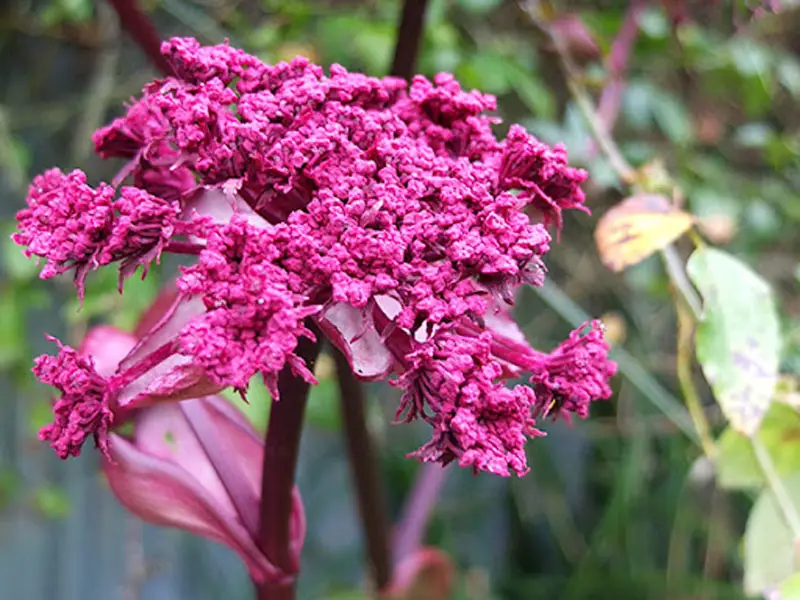
The Angelica Gigas has dark green leaves and purple stems.
When the flowers bloom, they look like large exotic purple florets placed at the end of small spokes.
This is characteristic of plants belonging to the Apiaceae family.
Besides its striking appearance and large stature in the home garden, the Angelica Gigas has other uses.
This plant is surprisingly related to carrots and is a member of the parsley family.
The leaves appear simple and common, but they can be used in teas or as a seasoning once they are dried.
The umbrella-shaped flowers are quite showy but only bloom every two years, following which the plant often dies.
While the umbels are white, each spoke of the flower contains a dangling seed once the blooms are spent.
The herb’s pungent, musky scent and sweet flavor can be traced in some spirits.
This is a plant whose roots, leaves, and seeds are all useful.
In the first year, a small stalk grows between 1 to 3 feet tall.
It also produces only short clumps of compound leaves during this time.
By the second year, it is no longer a rosette and grows larger, forming three-sectioned leaves while the stalk grows to between four to six feet.
On the other hand, the root is a thick fleshy piece that resembles a huge pale carrot.
Since it can spread from two to four feet wide, the angelica needs plenty of room in the garden.
By the second year, it is quite tall and has flowers blooming in midsummer, followed by fruiting and going to seed.
Once the seeds have ripened and dispersed, the life cycle is complete, and plants generally die.
Another method is cutting off the flower stalks before the seeds form, ensuring that the plant grows for many more years.
Though each plant may only live for a couple of years, it self seeds easily, so you will likely see new plants popping up year after year.
Advantages of Growing Angelica Gigas
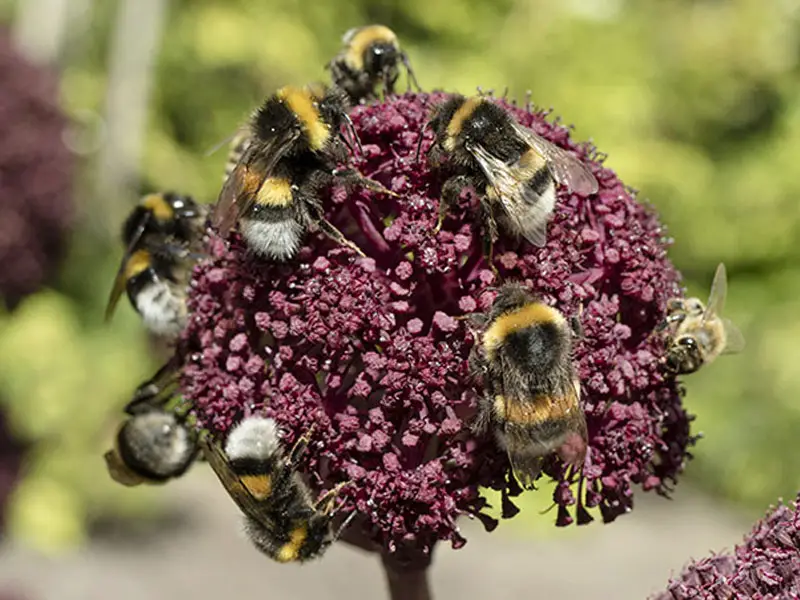
The Angelica Gigas is closely related to the parsley family.
Besides, it is also a relative of aromatic seed plants such as anise, cumin, dill, caraway, and fennel flowers.
Its leaves and seeds are used for flavoring and making liqueur which is used in various recipes.
The bitter constituents and essential oils are extracted for medicines and used to make teas or tinctures for treating cramps, bloating, and flatulence.
This is a structural plant that enhances the presentation of the landscape when planted in sunny perennial beds.
Since it attracts pollinators, place this bee-friendly plant in the background against woody plants and flatter perennials.
Since it looks ornamental on its own, planting it along large ponds or wide natural garden spaces adds color and character to the environment.
Some other common combinations they are used in are purple-top vervain, purple coneflower, foxglove, woodland sage, fennel, and various ornamental grasses.
If you want to create contrasting looks, pair them with yellow flowers like coneflower and sneezeweed dahlias.
Angelica Gigas Growing Guide
Angelica Gigas is a multipurpose plant that enhances the beauty of the surroundings while providing many medicinal benefits.
It is relatively easy to grow in almost all soil conditions.
Its affiliation to the parsley family gives the roots medicinal and other properties.
Water
The Angelica Gigas is a large plant whose roots need to be healthy and yielding.
They can thrive best in good sunny conditions, which also raises how much water is needed for sustenance.
Since it requires a lot of sun, it needs monitored watering so that the soil remains rich and moist soil.
It needs regular watering to establish its roots since they spread pretty widely.
Ensure that the moisture is retained in the soil during active growth.
For this reason, you will find them growing by streams and in moist meadows in Korea.
Light
The Angelica Gigas is an indoor as well as outdoor plant.
You can grow them in either cottage or informal garden landscapes, as flower borders, or in flower beds.
Once you finalize a location for the angelica plant, keep a few things in mind.
They should be partially under a shade during the hottest hours of the day.
Preferably, they should be properly sheltered and be placed facing either north, east, or west-facing to receive just the right amount of light.
Soil
While the Angelica Gigas does require full sun, it grows quite well in cool climates.
It is a low-maintenance plant that grows in a variety of soil conditions.
Yet, it thrives in soil with either a neutral or slightly acidic pH.
Test your soil beforehand to know its pH level.
Under the right conditions and with enough fertilizer, sandy, loamy, or clay soils propagates good growth.
In case your soil is moist and loamy, then you are already in luck.
If you live in an area where the soil is drier, apply a layer of mulch or work organic matter into the soil.
This method ensures that the Angelica plant gets the necessary moisture needed for growth and development.
Ensure that your soil has good drainage since it needs a lot of watering to prevent rotting.
Temperature and Humidity
The Angelica Gigas is a biennial plant that grows best in USDA Hardiness Zones 4-9.
This means that the plant reaches maturity within a two-year cycle.
It needs sunny temperatures for some hours in the day for good growth.
When planted in colder locations, it can take 3-4 years to mature and flower.
Potting and Repotting
For effective results, plant the Angelica seeds soon as they mature.
As soon as the seeds turn ripe, catch them by fastening a paper bag over the flower head.
Do not disturb the sensitive roots when you transplant the seedlings into the garden.
Use peat or fiber pots to avoid disturbance.
Just press the seeds gently on the surface since they need light to germinate.
Keep the pots in a bright area, with temperatures between 60 and 65 degrees F.
Maintain the moisture in the soil.
You can also start fresh Angelica Gigas seeds in containers and transplant them to the garden beds or bigger containers when young and small.
Older plants do not grow well when there is a change in the soil conditions or containers.
When planting them in rows, maintain a space of 3 feet as the roots spread apart.
Propagating and Pruning
To propagate the Angelica Gigas plants from dried seeds, sow several seeds on the surface of each peat pot.
Place the peat pots in a plastic bag and refrigerate them for 2-3 weeks.
Once the seeds germinate, place them in the soil.
When the plant is around two to three years old, divide and cut it back to about a foot from the ground for easy handling.
You can use a sharp spade or knife to separate the plant or roots at the center.
Place the divisions within eight to 24 inches of each other.
Another easy way to do this is to allow the plants to self-seed.
When you pull apart the mulch on the surface, the seeds fall directly onto the soil.
You could also leave the spent flower heads on the plant for the seeds to mature.
Prune the leaves regularly, as they tend to spread apart.
You could tie them in some bundles or use a wire to keep them in shape.
Angelica Gigas Pests, Diseases, and Problems
The angelica plant has a pestilence problem from aphids, leaf miners, snails, and slugs.
Spray soapy water or saltwater to kill these bodies on the underside of leaves.
Take care of fungal and bacterial infections such as powdery mildew and leaf spot.
Angelica Gigas Seeds
You can buy some high-quality seeds from Amazon.com by clicking on the links below.
Outsidepride Seeds

Giant purple Angelica Gigas seeds

FAQ
Some commonly asked questions on the Angelica Gigas are as follows:
Do the Angelica Gigas have medicinal properties?
Yes. They are used for rheumatism, menopause, cramps etc.
Can they be used for hair care?
Yes. It boosts the blood circulation of the scalp, besides other things.
What does the Angelica Gigas smell like?
It has an earthy, musky herb-like aroma.



